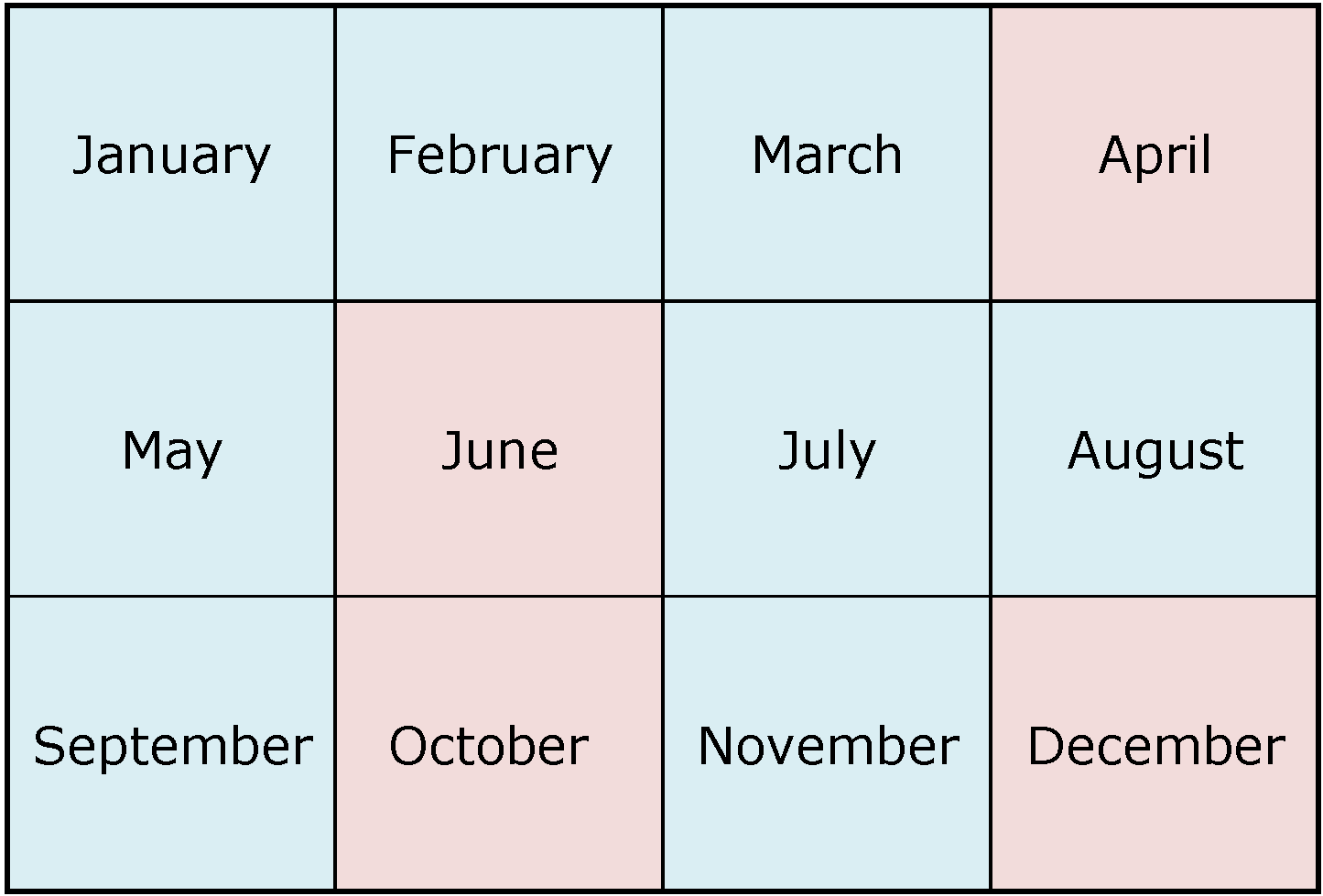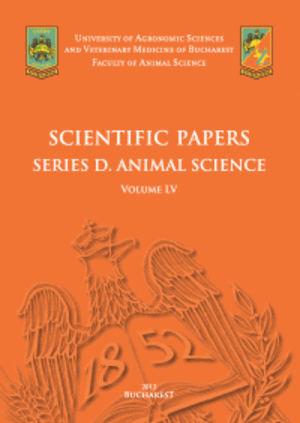Published in Scientific Papers. Series "Management, Economic Engineering in Agriculture and rural development", Vol. 25 ISSUE 2
Written by Ancuta MARIN, Lidia IURCHEVICI, Petruța Antoneta TUREK-RAHOVEANU
Natural grasslands with spontaneous vegetation have been gradually replaced by new categories, where human intervention is considerable. Research has shown that their valorization is done through the application of modern technologies. Feed production and its cost are influenced and limited by climatic challenges, multiplying through the mirror effect, in human food. The aim of the work is to demonstrate, with the help of statistical indicators, the influence of temperatures and precipitation on feed and milk production. According to the calculations made, it emerged that extreme temperatures negatively influence the amount of feed obtained, with rapid evaporation taking place. The lack of precipitation increases the risk of severe drought, having a domino effect. This phenomenon leads to a reduction in the water level in rivers, the groundwater area, slows down crop growth, leads to increased pest attacks and favors the occurrence of fires. Adaptation to climate change is essential for mitigating potential damage and identifying opportunities for farmers to respond.
[Read full article] [Citation]

 Next Issue will be published according the the calendar.
Next Issue will be published according the the calendar.



